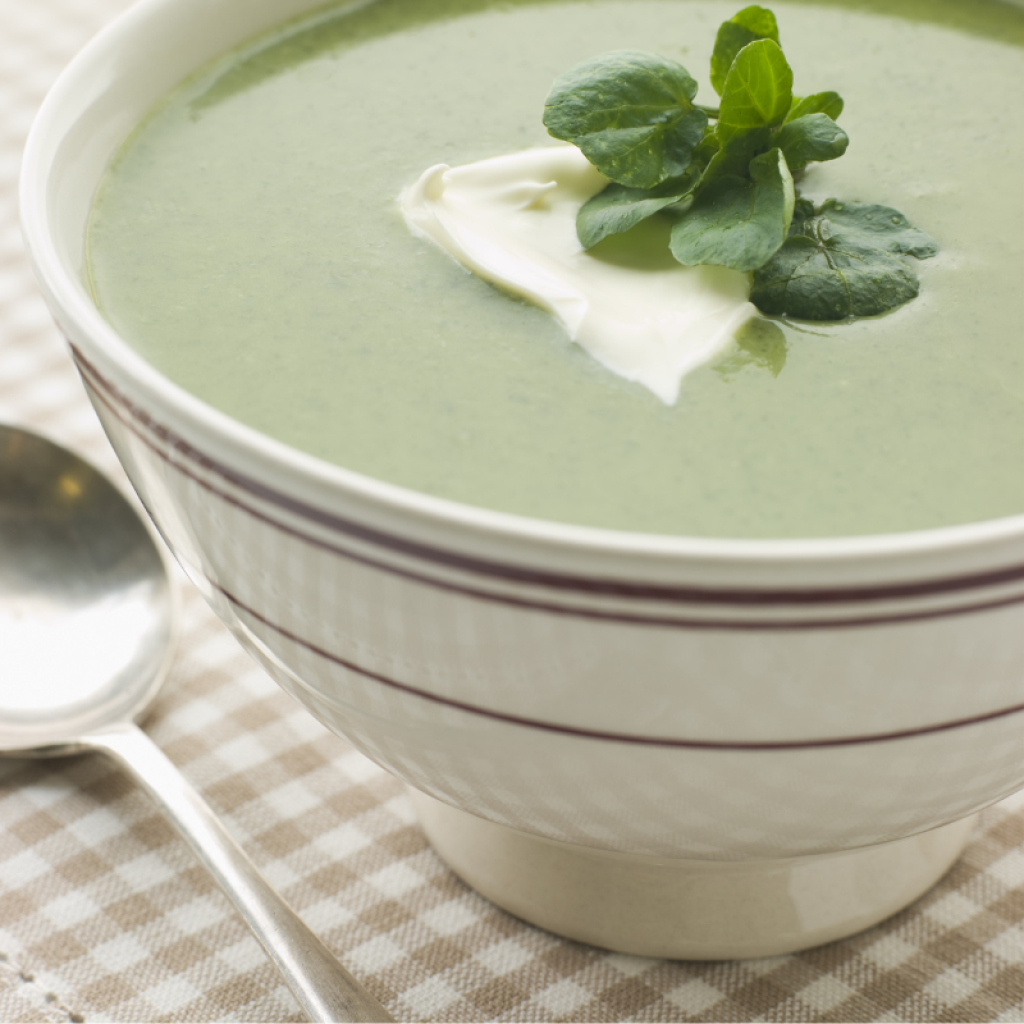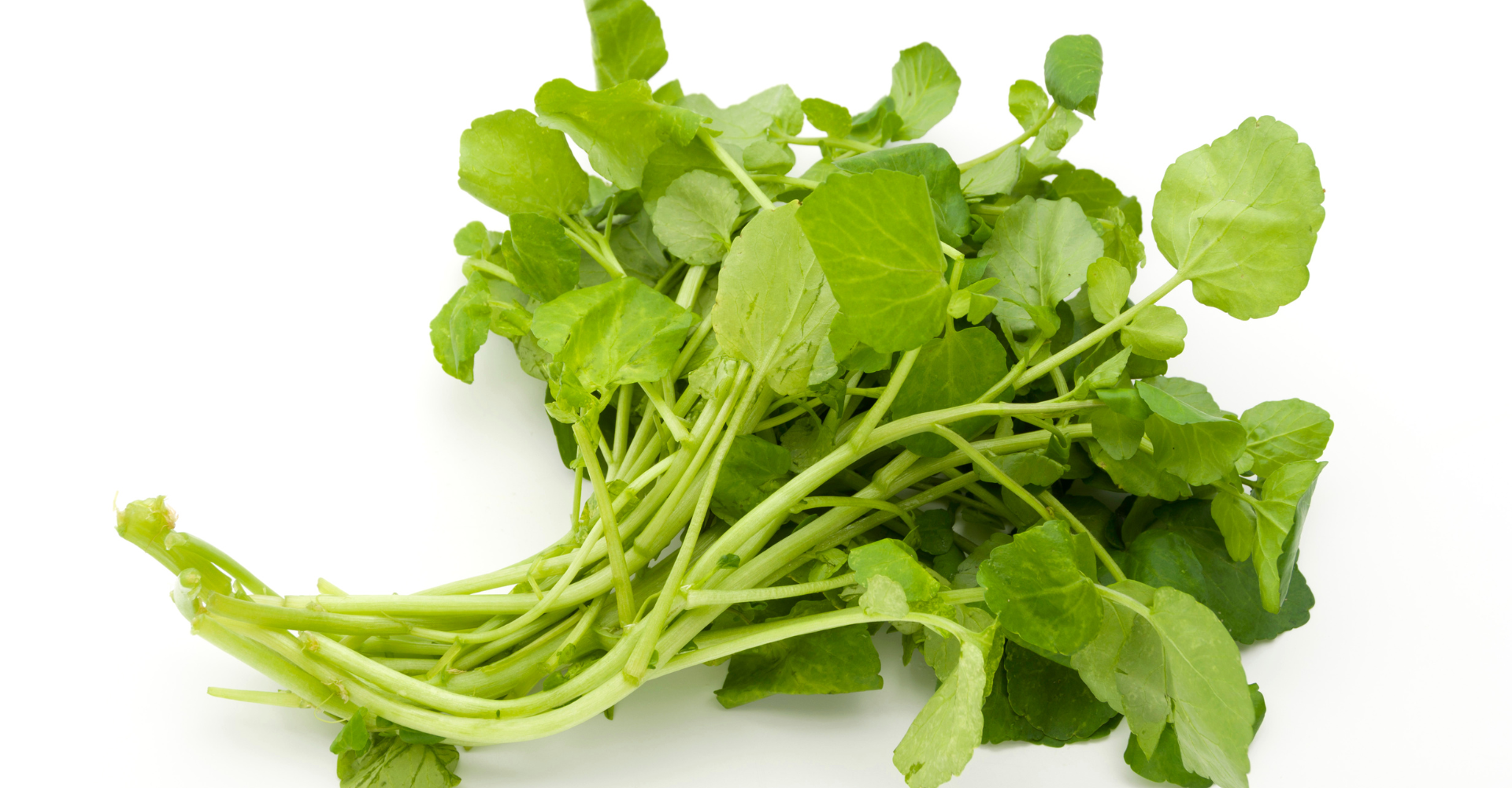We’ve all heard how spinach, chard, and beet greens are superfoods that deliver a powerful nutritional punch. The Health Insider team recently discovered that there is a vegetable that punches way above these amazing contenders, and earns a perfect nutritional score of 100 according to the CDC. We certainly couldn’t keep it to ourselves!
That humble vegetable is watercress and it’s considered the healthiest on Earth.
Watercress is one of the oldest known leaf vegetables with evidence of its use dating back to the ancient Persians, Greeks, and Romans. It is a species of aquatic flowering plant classified in the cabbage family Brassicaceae along with many of many of its relatives, such as mustard, radish, and wasabi.
Historically, people have used it as a breath freshener and palate cleanser, as well as for medicinal purposes. The herbalist John Gerard celebrated watercress as a remedy for scurvy as early as 1636. Captain James Cook was apparently able to circumnavigate the globe three times, due in part to his use of the vegetable in the diet of his sailors.
Watercress is seeing a resurgence in popularity as one of the latest superfoods due to a growing awareness of its dense nutritional content. It’s high in vitamin A and potassium and contains more vitamin C than an orange — which explains why Captain James Cook considered it essential to his plan to circumnavigate the Earth.
Health Benefits
Low in calories but packed with nutrients, watercress boasts many important vitamins and minerals, including over 100% of the RDI for vitamin K, all of which are essential for protection against osteoporosis and bone health in general.
It is extremely high in antioxidants which may help prevent chronic diseases, such as diabetes, cancer and heart disease. It also helps lower blood pressure and cholesterol levels.
Where to Find

The hollow stems of watercress float in water and as a semi-aquatic vegetable, it is well-suited to hydroponic cultivation, thriving best in water that is slightly alkaline.
It is frequently grown in ponds, lakes, and slow-moving streams and rivers. It can also be grown in your garden, or in a planter. See here for more information.
It is possible to find watercress at farmers markets. Specialty markets such as the St. Lawrence Market in Toronto, Granville Market in Vancouver or supermarkets such as Whole Foods also stock the vegetable.
What To Cook With Watercress

Choose younger sprouts as they have a milder flavour and tender, hollow stems. The entire watercress plant is edible – leaves, stalks, and flowers. Only the roots should be discarded into your green bin as they’re basically inedible.
This makes them ideal to eat raw. Consider adding to salads and topping dishes like you would with parsley and cilantro. The more mature the watercress, the more intense and peppery the flavour.
The stems also become tougher and more fibrous, so they should be cooked down to be made more palatable and digestible. The longer you cook watercress the more vitamins will escape so it’s important to not overcook them.
Watercress is also great stir fried, or in soup. Do you have any watercress recipes to share? Let us know on Instagram!
The information provided on TheHealthInsider.ca is for educational purposes only and does not substitute for professional medical advice. TheHealthInsider.ca advises consulting a medical professional or healthcare provider when seeking medical advice, diagnoses, or treatment.










